In the period from late December to mid-April there is no activity of a significant meteor showers, with the exception of January Quadrantids. Total activity of the meteor showers is therefore very low and also sporadic background is at a minimum of its activity during the year. In that period are mostly active meteor showers belonging to the Antihelion source. From January to March prevails activity of the Virginid-Leonids complex, which is then transferred in April to the Scorpio-Sagittarids complex. The common characteristic of the meteors belonging to the Antihelion source is relatively low geocentric speed that for most meteors from this source lies between 20 and 30 km/s. In the this period, at the turn of 2015 and 2016, were by the spectrographs at the Valasske Mezirici Observatory recorded two spectra of very slow fireballs belonging to the sporadic background. For these slow meteors is observed spectrum very extensive, often includes more than 20 frames taken during the flight of a meteor. In this case it was the same, spectrum of the bolide 20151230_222303 comprises a total of 21 frames with recorded spectrum, in the case of the bolide 20160326_222333 it was 19 frames. Both spectra were recorded on a spectrograph with the designation VM_SW (southwest camera) installed at the Valasske Mezirici Observatory.
Equipment and data analysis
Spectrographs VM_NW (northwest camera) and VM_SW (southwest camera) were put into operation in the October, 2015. The QHY5LII-M camera is equiped with 1/3” CMOS chip Aptina MT9M034 with an effective resolution of 1280 × 960 px (Koukal et al, 2016). Field of view is 80° × 60° (spectrograph VM_SW) and 89° × 67° (spectrograph VM_NW), systems use fast Tamron megapixel lenses (F/1.0) with a variable focal length (3-8 mm). FOV and resolution of the CMOS chip enables the use of holographic diffraction grating with density of 1000 lines/mm. In this configuration the spectrograph reaches stellar limiting magnitude +4.5m, the faintest recorded meteors then have relative magnitude up to +2.0m. Magnitude of meteors with measurable spectrum have to be at least -2.0m. Detection of meteors is done by UFOCapture software (SonotaCo, 2005), and for astrometric and photometric processing UFOAnalyzer software (SonotaCo, 2007 and 2009) is used. The resulting video is divided into individual images (frames), every image is subsequently dark frame and flat field corrected with frames captured by the cameras QHY5LII-M. Orbits of meteoroids in the solar system are calculated using the software UFOOrbit (SonotaCo, 2007b and 2009). Deceleration is counted out of this software as an exponential fit of the actual speed of the meteor for each frame. Spectrograph calibration in the x-axis (wavelength) was performed using a calibration neon lamp. Calibration was performed as non-linear, using 6 multiplets of neon emission lines at wavelengths between 5852 and 7032 Å. The resulting basic spectrograph resolution was determined from 5 independent measurements at 9.7 Å/px (spectrograph VM_SW) and 10.8 Å/px (spectrograph VM_NW).
Bolide 20151230_222303 (SPO)
The bright bolide (assignment 20151230_222303 SPO) was observed in the December 30, 2015 at 22:23:03 UT. The network CEMENT (Central European Meteor Network) captured this phenomenon on the two cameras, one was located in the central Moravia (Valasske Mezirici Observatory – spectrograph SW) and one was on the southern Slovakia (Senec). To calculation of the atmospheric path of the bolide and orbit of the meteoroid in the Solar system were used recordings from the stations Senec and Valasske Mezirici Observatory (spectrograph SW). The projection of the beginning of the atmospheric path was located at coordinates N49.294° E16.632° near the village of Utechov (Czech Republic), the height of the bolide at this time was 77.0 kilometers above the Earth’s surface. The end of the projection of the atmospheric path was located at coordinates N49.606° E16.648° near the village of Skocova Lhota (Czech Republic), the height of the bolide at this time was 41.4 kilometers above the Earth’s surface. The bolide reached absolute brightness -3.65m, an estimate of the input mass of the particle is 200.5 ± 35.3 g. The 2D projection of the bolide trajectory in the atmosphere is shown below (Figure 1).
It was a very slow meteor, its geocentric velocity before entering the Earth’s gravitational field was 15.00±0.03 km/s (including the effect of the deceleration). The orbital elements of the meteoroid´s orbit were as follows: a = 1.703 AU (semi-major axis), q = 0.777±0.001 AU (perihelion distance), e = 0.544±0.001 (eccentricity), i = 10.54±0.01° (inclination), ω = 66.21±0.02° (argument of the perihelion), Ω = 98.677° (longitude of the ascending node). The bolide was a sporadic meteor with the geocentric radiant RA = 88.9±0.1° (right ascension), DEC = -0.4±0.1° (declination). The projection of the meteoroid orbit in the Solar system is shown above (Figure 2).
In the calibrated summary spectrum of the bolide were identified emission lines of elements in the following representation representation – iron (FeI), magnesium (MgI), sodium (NaI), manganese (MnI), chromium (CrI), silicon (SiI) and a relatively weak line of calcium (CaI). The ratio of the emissions of elements belonging to the Earth´s ionized atmosphere against magnesium (N2/MgI, NI/MgI a OI/MgI) is low because this does not depend on the mass of the body, but on its speed. The ratio of the relative intensities of multiplets OI-1/MgI-2 is only 0.212. For meteor showers with a high geocentric velocity (eg. for Leonid and Perseid) this ratio usually exceeds 3 and often reaches values near to number 6. The overall ratio of relative intensities MgI-2:NaI-1:FeI-15 is 0.389:0.082:0.528. The body can be characterized as a member of the group “Na-free”, thus the group of bodies with very low or practically missing contents of sodium (NaI). Calibrated aggregated spectrum of the bolide 20151230_222303 is given below (Figure 4).
The emission lines of FeI multiplets are strongly represented, most to the maximum at a wavelength of 4271 Å with a relative intensity of 422.8 RU (observed wavelength), which corresponds to the emission lines FeI-42 (4272 Å – laboratory wavelength), as well as within multiplet FeI-15 with maxima at wavelengths of 5267 Å – 486.1 RU (5270 Å), 5327 Å – 382.7 RU (5328 Å) and 5404 Å – 379.8 RU (5406 Å). The highest relative intensity of the emission lines in the summary calibrated spectrum of the bolide has triplet MgI-2 with a peak at a wavelength of 5172 Å – 888.6 RU (5174 Å) followed by the emission lines of FeI-42 and FeI-15. Doublet of NaI-1 observed at a wavelength of 5892 Å – 208.9 RU (5893 Å) thus achieves a quite low relative emission intensity, comparable with a maximum of OI-1 observed at a wavelength of 7775 Å – 188.8 RU (7774 Å). Uncalibrated evolution of the bolide spectrum in selected frames is given below (Figure 5).
 |
| Figure 5 – Uncalibrated evolution of the bolide 20151230_222303 spectrum in selected frames (range 3000-9000 Å). Author: Jakub Koukal |
Bolide 20160326_222333 (SPO)
The bright bolide (assignment 20160326_222333 SPO) was observed in the March 26, 2016 at 22:23:33 UT. The network CEMENT (Central European Meteor Network) captured this phenomenon on the two cameras, both were located in the central Moravia (Valasske Mezirici Observatory – spectrograph SW and Zlin). To calculation of the atmospheric path of the bolide and orbit of the meteoroid in the Solar system were used recordings from the stations Zlin and Valasske Mezirici Observatory (spectrograph SW). The projection of the beginning of the atmospheric path was located at coordinates N49.362° E16.258° near the village of Rojetin (Czech Republic), the height of the bolide at this time was 82.6 kilometers above the Earth’s surface. The end of the projection of the atmospheric path was located at coordinates N49.082° E16.452° near the city of Dolni Kounice (Czech Republic), the height of the bolide at this time was 34.6 kilometers above the Earth’s surface. The bolide reached absolute brightness -3.28m, an estimate of the input mass of the particle is 273.6 ± 39.7 g. The 2D projection of the bolide trajectory in the atmosphere is shown below (Figure 6).
It was a very slow meteor, its geocentric velocity before entering the Earth’s gravitational field was 12.36±0.02 km/s (including the effect of the deceleration). The orbital elements of the meteoroid´s orbit were as follows: a = 3.471 AU (semi-major axis), q = 0.997±0.001 AU (perihelion distance), e = 0.713±0.001 (eccentricity), i = 13.92±0.02° (inclination), ω = 176.16±0.03° (argument of the perihelion), Ω = 6.477° (longitude of the ascending node). The bolide was a sporadic meteor with the geocentric radiant RA = 95.0±0.2° (right ascension), DEC = 72.8±0.1° (declination). The projection of the meteoroid orbit in the Solar system is shown above (Figure 7).
In the calibrated summary spectrum of the bolide were identified emission lines of elements in the following representation representation – iron (FeI), magnesium (MgI), sodium (NaI), manganese (MnI), chromium (CrI), silicon (SiI) and a relatively weak line of calcium (CaI) and titanium (TiI). The ratio of the emissions of elements belonging to the Earth´s ionized atmosphere against magnesium (N2/MgI, NI/MgI a OI/MgI) is low, the ratio of the relative intensities of multiplets OI-1/MgI-2 is 0.765, which in this case is also caused by low intensity of the multiplet MgI-2 emissions. The overall ratio of relative intensities MgI-2:NaI-1:FeI-15 is 0.150:0.375:0.475. Interesting is high intensity of emission lines of the multiplet FeI-15. Calibrated aggregated spectrum of the bolide 20160326_222333 is given below (Figure 9).
The emission lines of FeI multiplets are again strongly represented, this time only within multiplet FeI-15 with maxima at wavelengths of 5267 Å – 262.1 RU (5270 Å), 5324 Å – 208.2 RU (5328 Å) and 5405 Å – 206.3 RU (5406 Å). The highest relative intensity of the emission lines in the summary calibrated spectrum of the bolide has doublet NaI-1 with a peak at a wavelength of 5891 Å – 659.7 RU (5893 Å) followed by the emission lines of MgI-2 and FeI-15. Triplet of MgI-2 observed at a wavelength of 5172 Å – 263.8 RU (5174 Å) thus achieves a quite low relative emission intensity, comparable with a maximum of the multiplet FeI-15 at a wavelength of 5267 Å or with a maximum of the multiplet OI-1 observed at a wavelength of 7776 Å – 201.8 RU (7774 Å). Uncalibrated evolution of the bolide spectrum in selected frames is given below (Figure 10). The relatively specific elements were recorded in this spectrum, for example, the emission lines of doublet AlI-1 at a wavelength of 3964 Å – 61.3 RU (3962 Å) and the emission lines of doublet SiI-25 at a wavelength of 7182 Å – 96.4 RU (7184 Å).
 |
| Figure 10 – Uncalibrated evolution of the bolide 20160326_222333 spectrum in selected frames (range 3000-9000 Å). Author: Jakub Koukal |
Conclusions
Both these spectra of bolides are quite untypical, the first one is characterized by low intensity of the emission line of sodium doublet (NaI) – so it is a member of the group “Na-free” meteoroids. The spectrum of the second bolide is characterized by a relatively low proportion of magnesium triplet emission lines (MgI), these emission lines reaches the intensity comparable with intensity of individual emission lines of the multiplet FeI-15. Location of both spectra in the ternary diagram MgI-Nal-FeI is shown below (Figure 11).
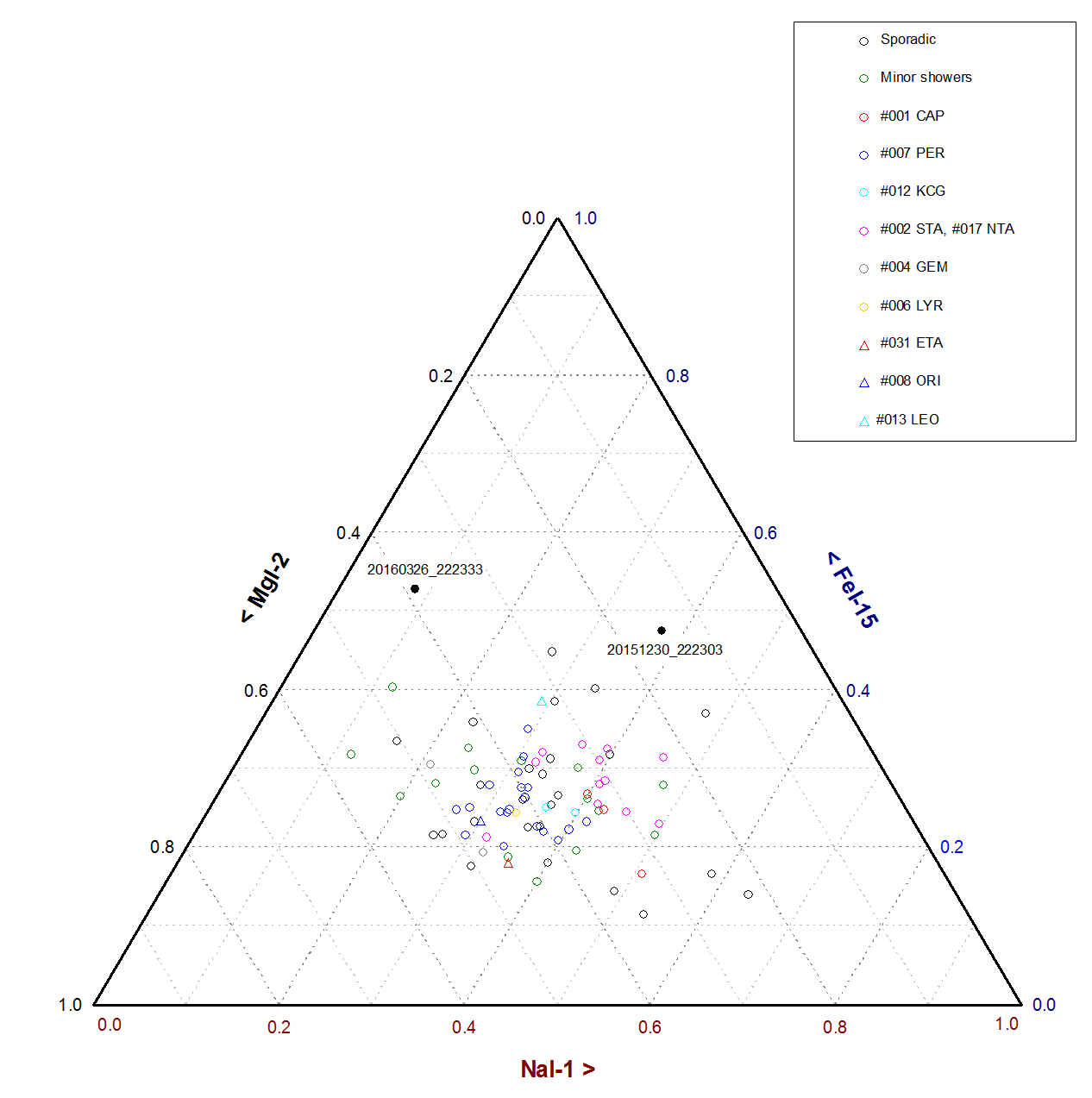 |
| Figure 11 – Ternary diagram MgI-Nal-FeI of all spectra recorded at the Valasske Mezirici Observatory shows the position of both bolides. Author: Jakub Koukal |
References
SonotaCo (2005). “UFOCapture V2 Users Manual”. http://sonotaco.com/soft/UFO2/help/english/index.html
SonotaCo (2007). “UFOAnalyzer V2 Users Manual”. http://sonotaco.com/soft/download/UA2Manual_EN.pdf
SonotaCo (2007b). “UFOOrbit V2 Users Manual”. http://sonotaco.com/soft/UO2/UO21Manual_EN.pdf
SonotaCo (2009). “A meteor shower catalog based on video observations in 2007-2008”. WGN, Journal of the IMO, 37, pages 55–62.
Koukal J., Srba J., Gorkova S., Lenza L., Ferus M., Civis S., Knizek A., Kubelik P., Kaiserova T., Vana P. (2016). “Meteors and meteorites spectra”. In Proceedings of the International Meteor Conference, Egmond, Netherlands, June 2-5, 2016, eds. Roggemans P. and Roggemans A., International Meteor Organization, pages 137–142.

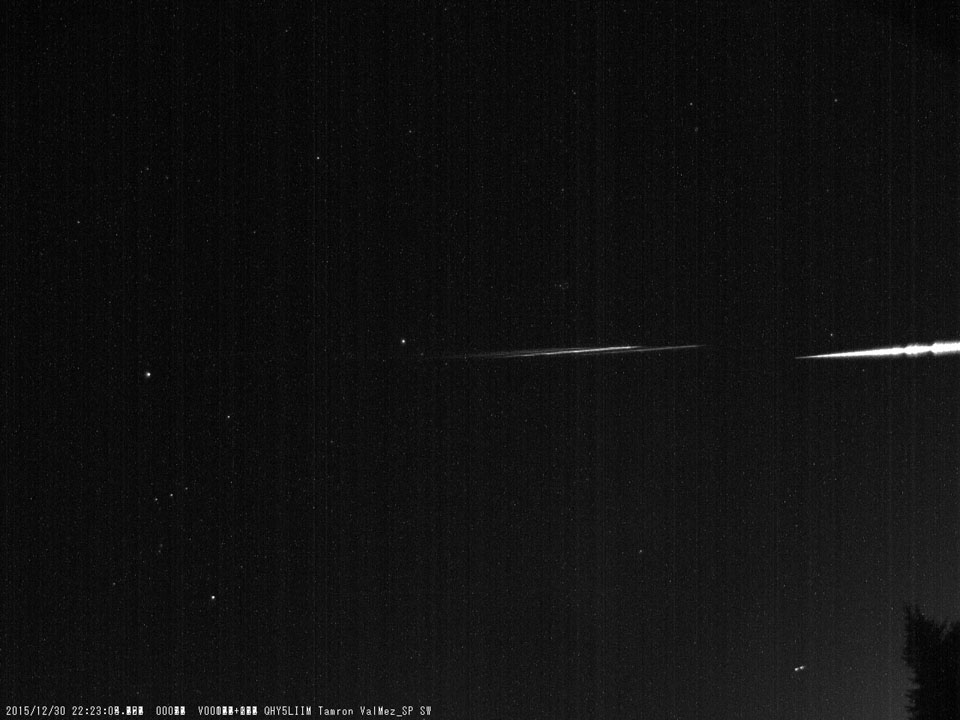
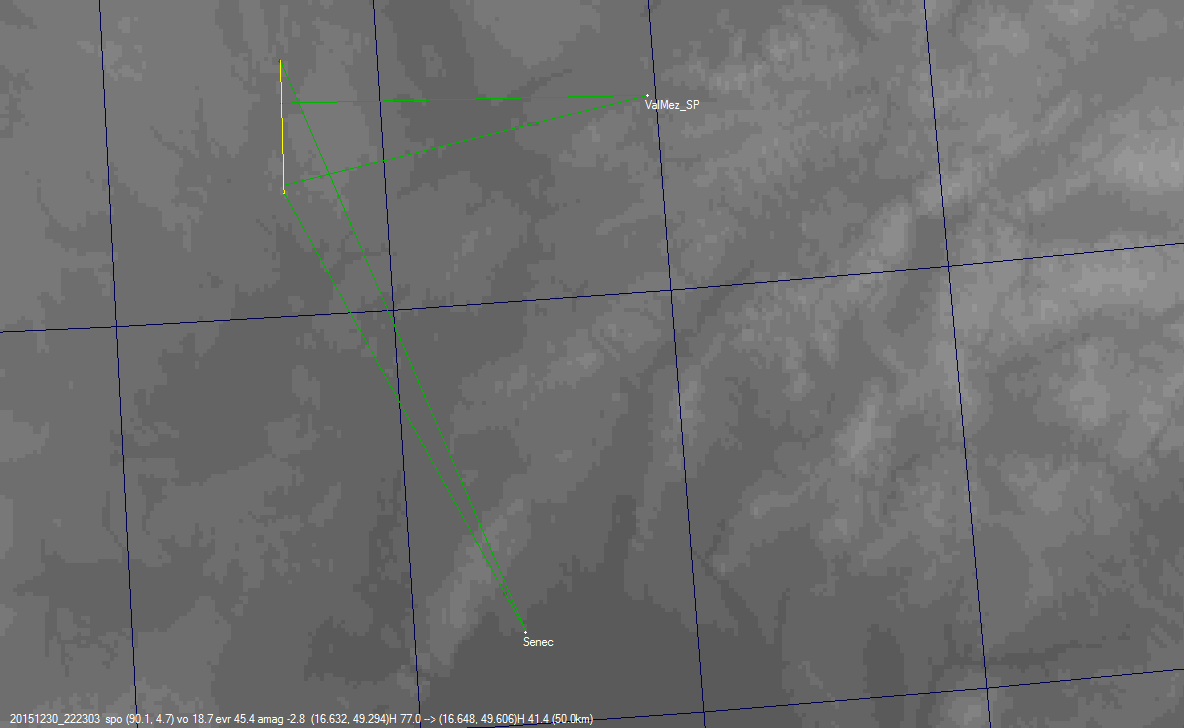

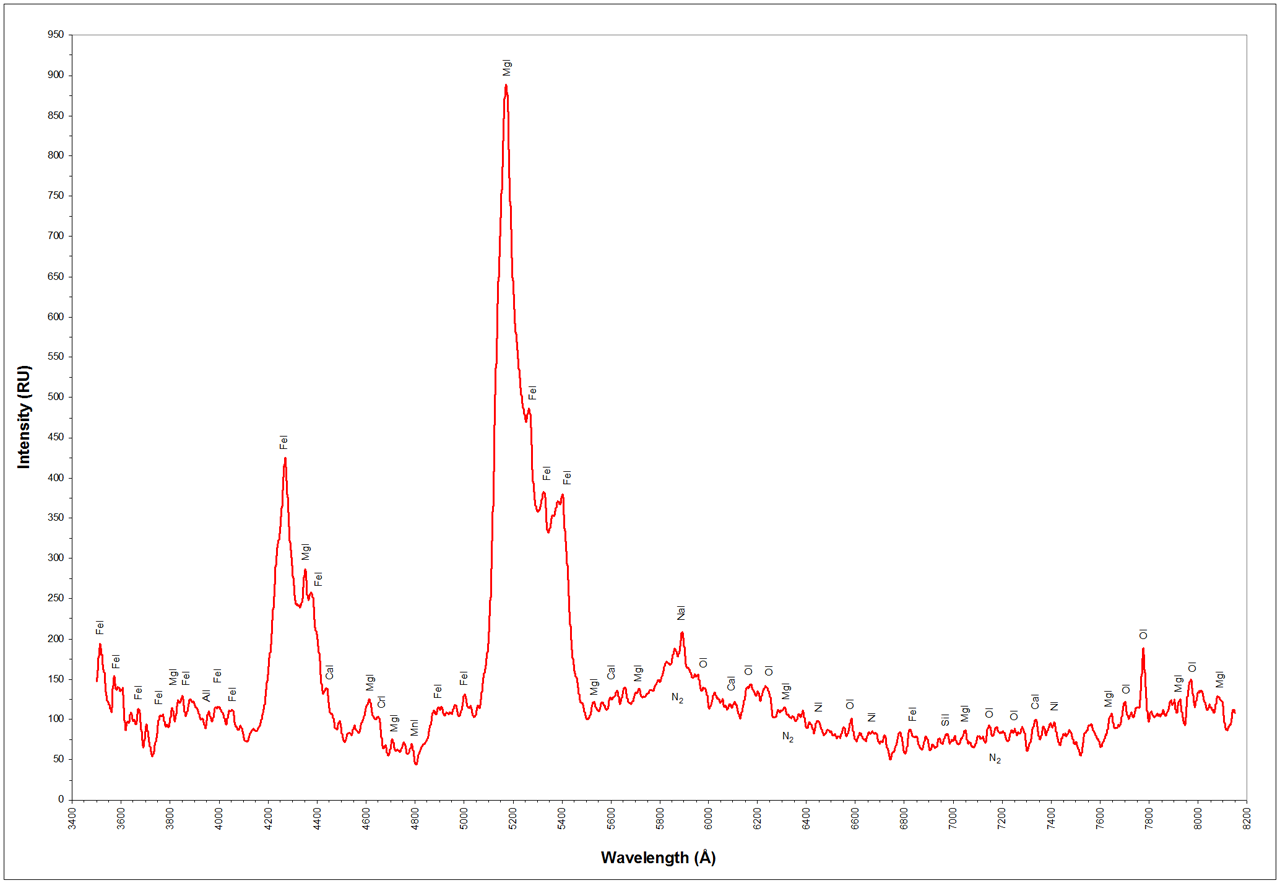
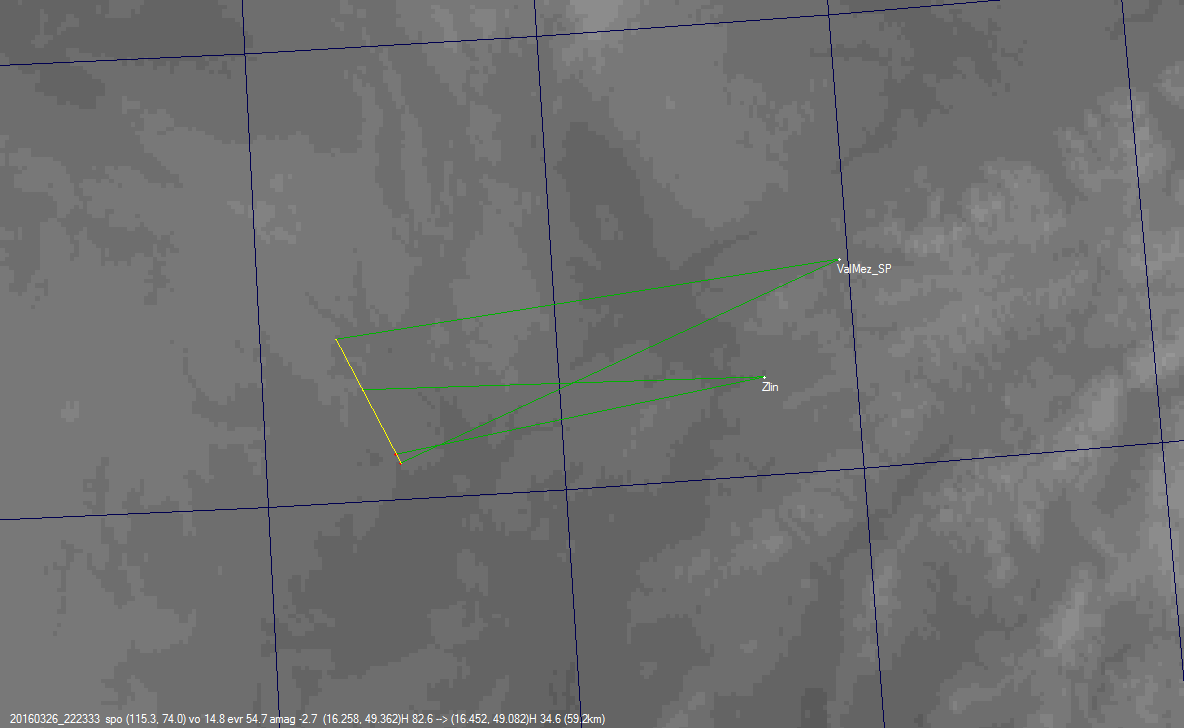
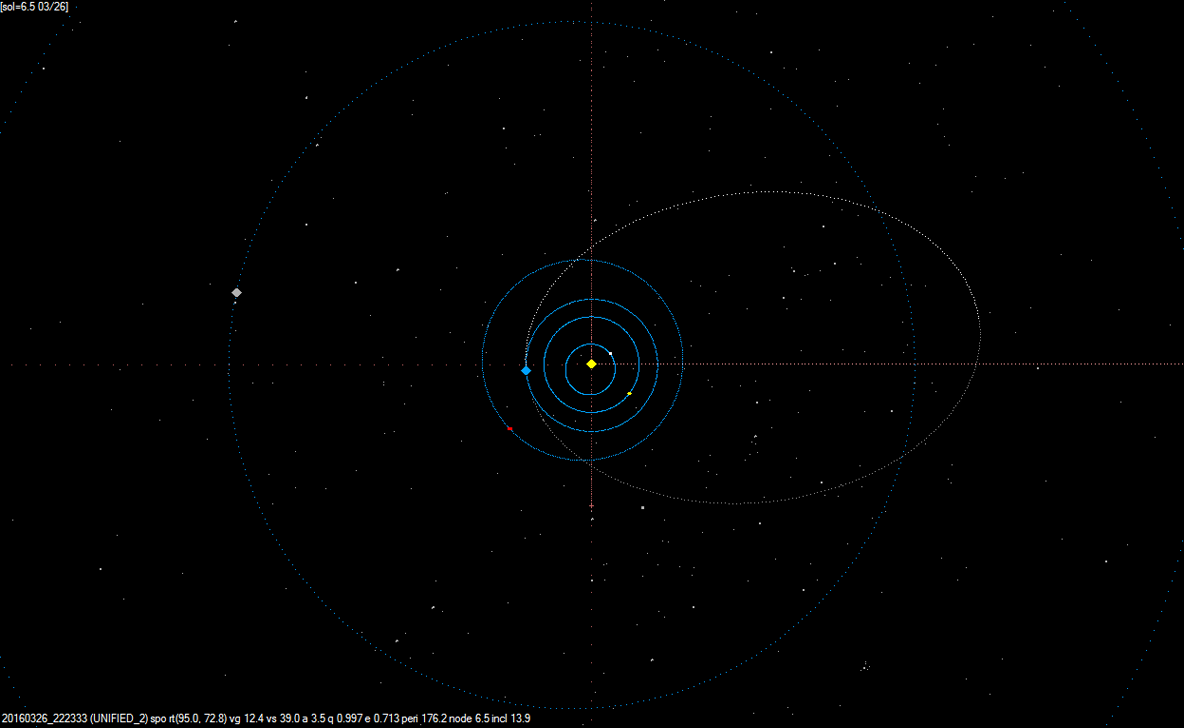
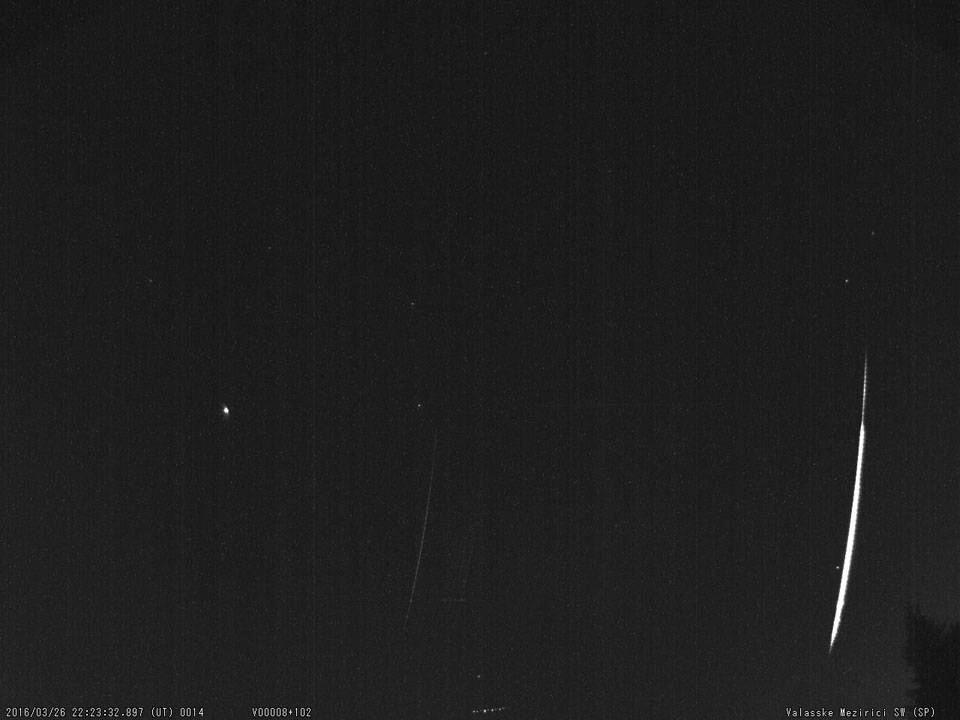
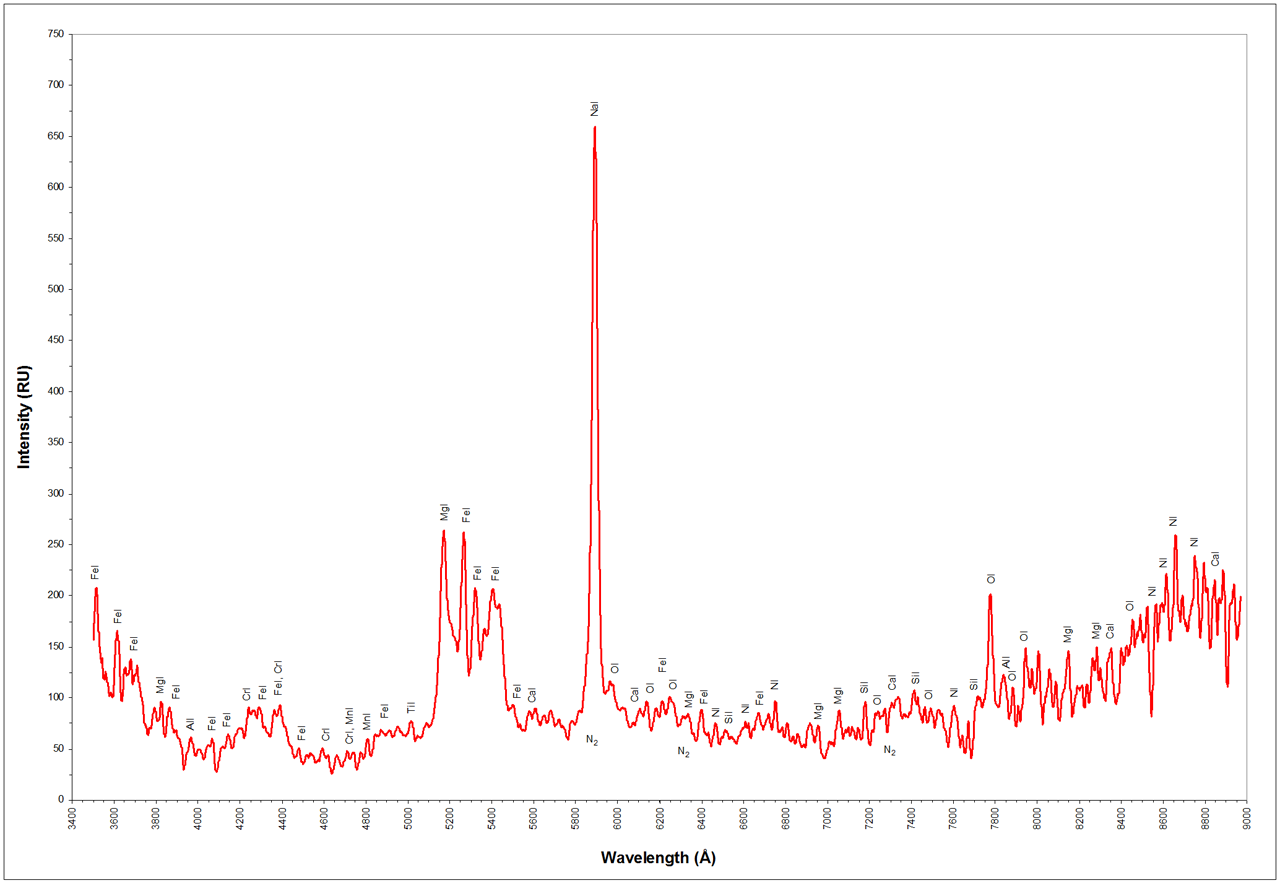
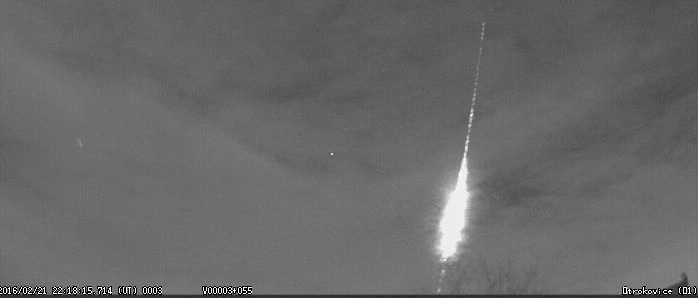
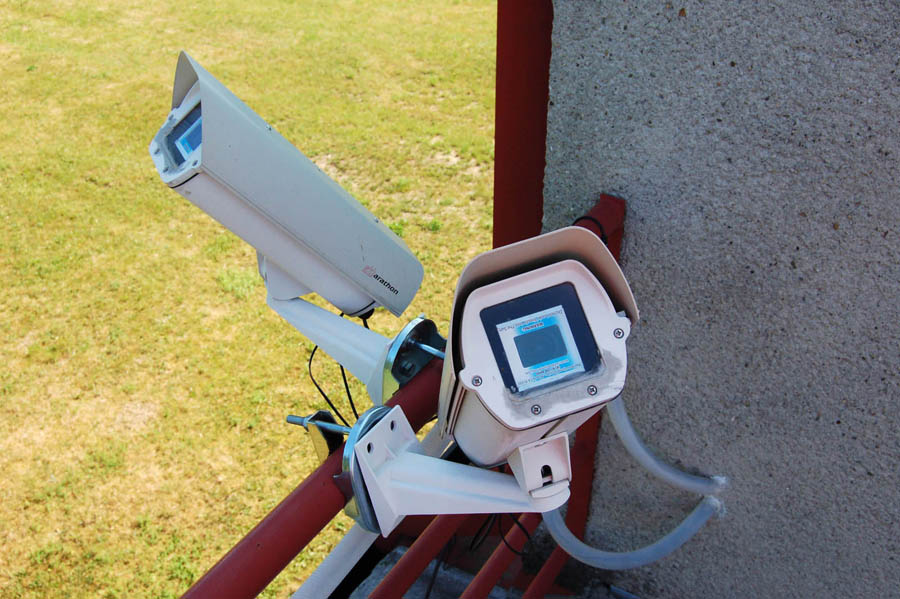
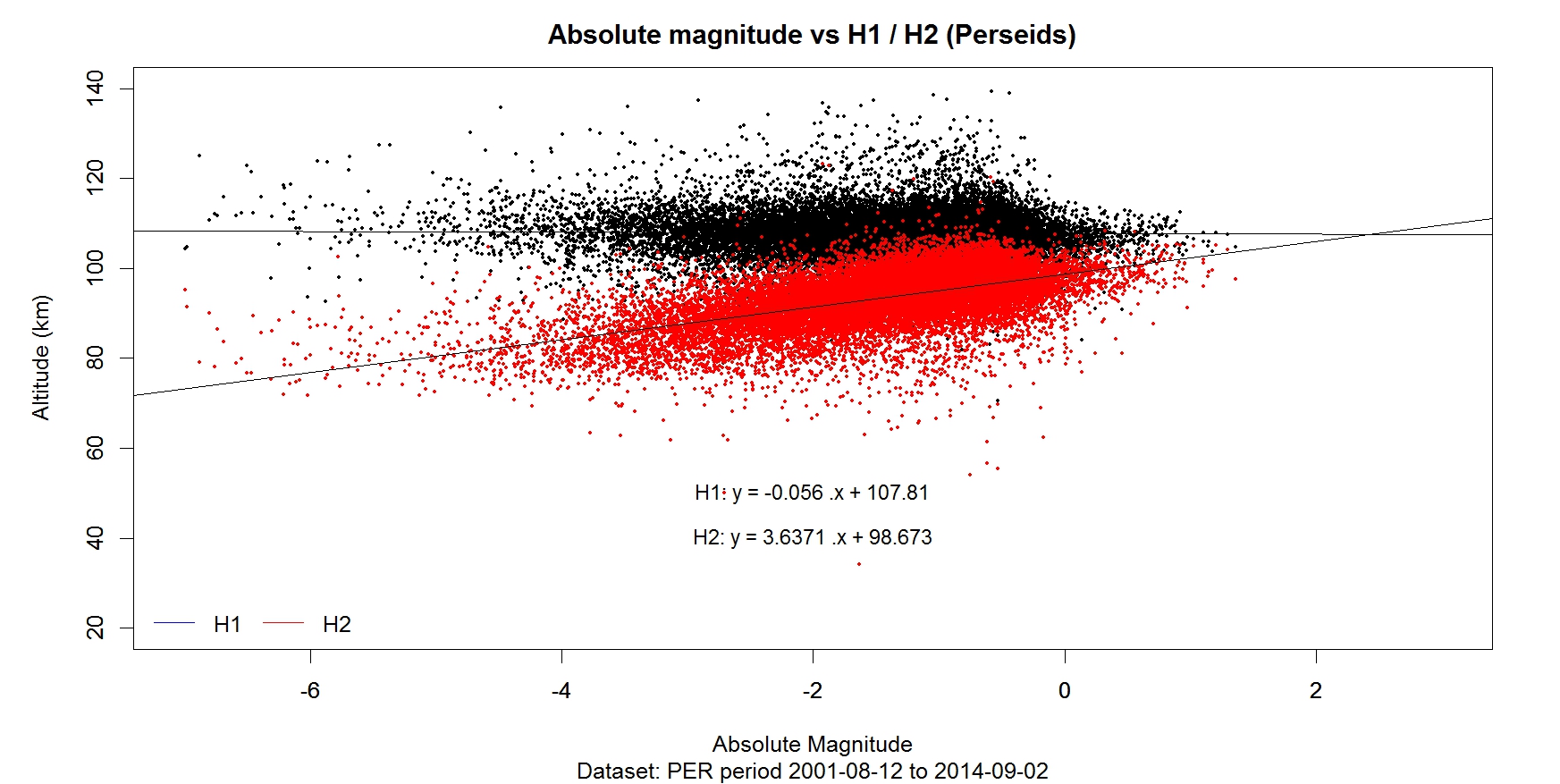

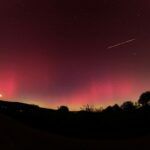
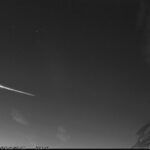


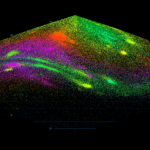
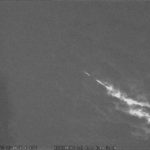


Hi Jacub,
I am trying to contact you and hope to get in touch with you here. Would you be able to share UFOCapture data of a calibration recording and also a UFOCapture of a real meteor spectrum and provide the initial steps on how to look at the calibration and meteor data in VisSpec?